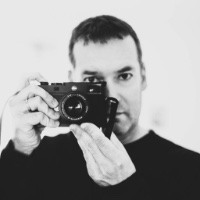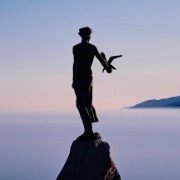Before & After - Show us your edits
-
Recently Browsing 0 members
- No registered users viewing this page.
-
Similar Content
-
- 23 replies
- 1,184 views
-
- 1 reply
- 191 views
-
- 8 replies
- 524 views
-
- 4,348 replies
- 446,627 views
-
- 2,490 replies
- 331,995 views
-




.thumb.jpg.cd7479a87ec34e368eb4dfcd6d1f25cb.jpg)

Recommended Posts
Join the conversation
You can post now and register later. If you have an account, sign in now to post with your account.
Note: Your post will require moderator approval before it will be visible.